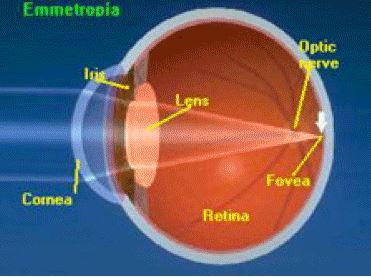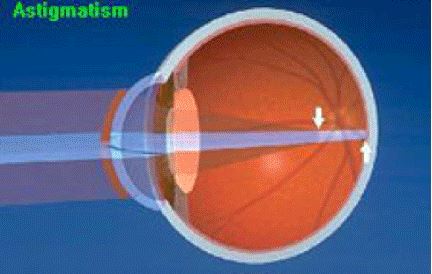Dr Ring explains how we map the cornea and determine suitability when treating astigmatism
Discover more about this condition and how we treat it
Discover if you could be free from glasses and contacts
Everyone deserves a life free from glasses and contacts, but not everyone is suitable. The best way to find out if vision correction is right for you is to book a free laser assessment. You’ll get a clear and honest answer on your suitability and treatment options.
Discover if you could be free from glasses and contacts
Everyone deserves a life free from glasses and contacts, but not everyone is suitable. The best way to find out if vision correction is right for you is to book a free laser assessment. You’ll get a clear and honest answer on your suitability and treatment options.
Choose the option below that sounds most like you to discover your best solution
Give us a call to understand how your insurance can help cover your treatment
Laser vision correction options can be confusing. We’ve made the journey as straightforward as can be
Follow the links below to learn more about treating astigmatism from authoritative sources.
Note: These links will take you off our website
















